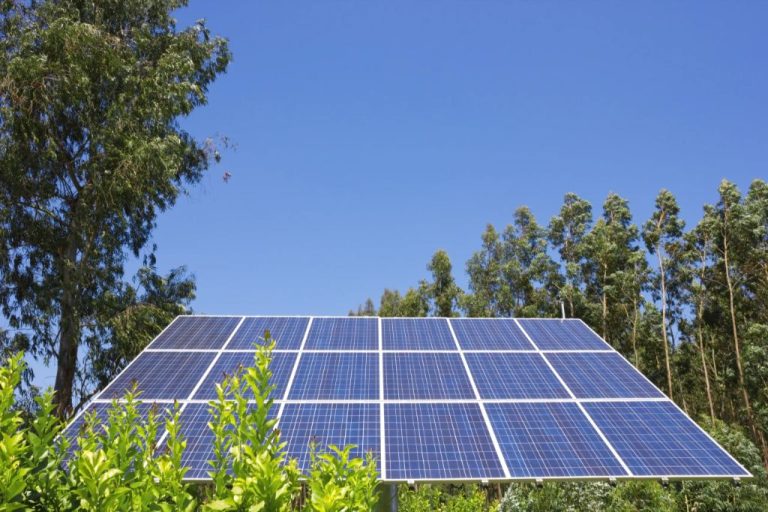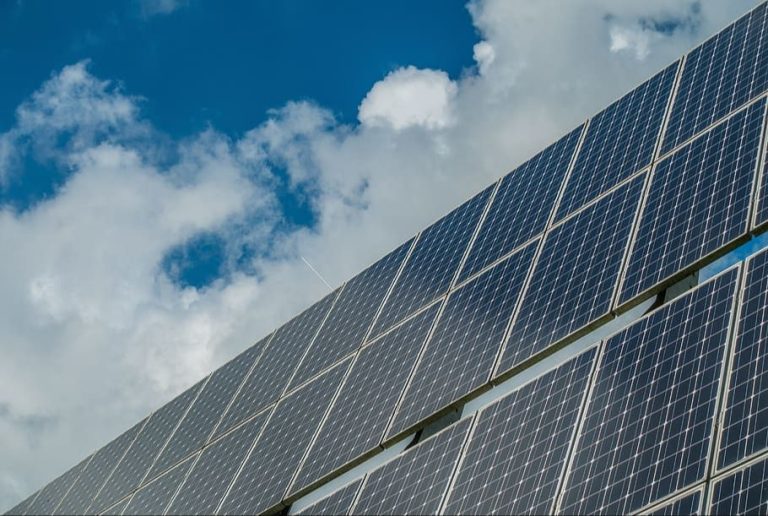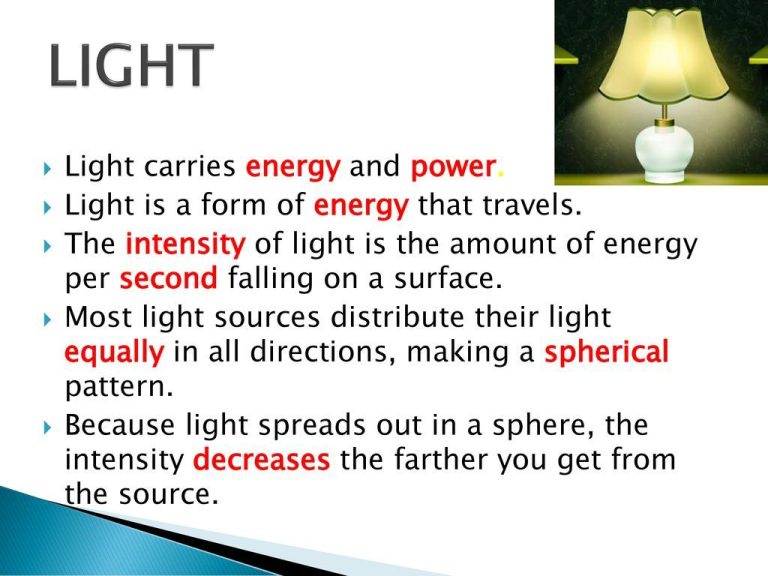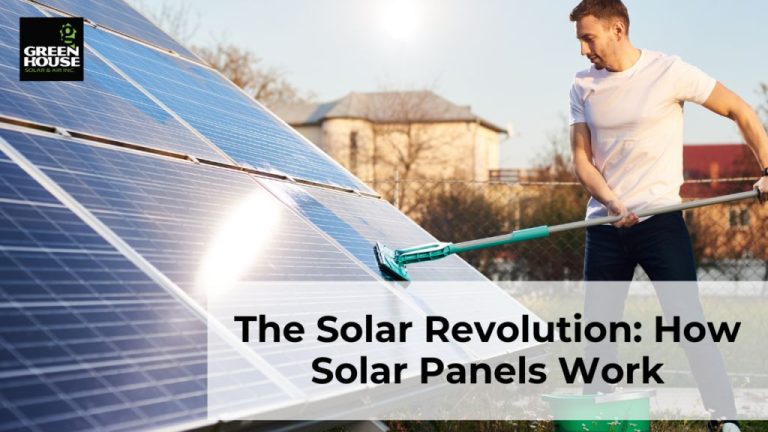Is Solar Energy Completely Clean?
Solar energy is often promoted as a completely clean and renewable energy source. At first glance, solar panels seem harmless – silently capturing the sun’s rays and converting them to electricity. However, solar is not 100% emissions-free over its full life cycle. The manufacturing, transportation, installation and disposal of solar panels all have environmental impacts. While solar energy has dramatically fewer emissions than fossil fuels, it is not completely clean. This article will analyze the pros and cons of solar power and determine if the benefits outweigh the costs.
Solar Energy Overview
Solar energy is the radiant light and heat from the sun that is harnessed using a range of technologies such as solar heating, solar photovoltaics, solar thermal energy, solar architecture, and artificial photosynthesis (Wikipedia, 2021). At its most basic, solar energy works by converting sunlight into electricity through the photovoltaic effect. Solar panels are made up of photovoltaic cells, which contain silicon semiconductors and metal conductors. When sunlight hits the cells, electrons are knocked loose and directed by the conductors to create a flow of electricity (Sunrun, 2021). This direct current (DC) electricity then flows to an inverter to be converted to alternating current (AC), which can be used to power homes and businesses. The amount of power generated depends on the intensity and duration of sunlight exposure (Palmetto, 2021).
Solar Energy Emissions
While solar panels themselves do not generate greenhouse gas emissions during operation, there are some emissions associated with solar energy over the full lifecycle of manufacturing, transportation, installation, and disposal of solar panels.
Once installed, solar panels produce clean, renewable energy from sunlight without emitting greenhouse gases like carbon dioxide and methane. This makes solar a key tool in the fight against climate change. According to one analysis by the Cooleffect.org, solar panels installed today will avoid over 50 times more carbon emissions over their lifetime than are emitted during the manufacture and installation of the panels [1].
However, producing the raw materials and components for solar panels does involve some greenhouse gas emissions. Producing solar-grade silicon, assembling panels, and transporting the finished panels to installation sites all require energy. Most estimates find solar panels produce over 75% less lifetime emissions per kilowatt-hour than fossil fuel power plants [2].
While solar is not 100% emissions-free, the very low lifetime emissions compared to conventional energy sources mean shifting to solar power can significantly reduce a region’s overall greenhouse gas emissions.
Manufacturing Solar Panels
Producing solar panels has an environmental impact. The manufacturing process requires raw materials like silicon that need to be mined and refined. This mining and refining process uses a lot of energy, consumes water, and results in greenhouse gas emissions. For example, mining quartz produces air pollutants like nitrous oxide and sulfur oxide which contribute to acid rain and ozone depletion (https://honuaolabioenergy.com/environmental-impact-of-solar-panel-manufacturing/). Solar panel factories also consume significant electricity and produce their own emissions. One analysis found that solar panel production emits around 45 grams of carbon dioxide per kilowatt-hour of electricity production over the panel’s lifespan (https://www.ecowatch.com/solar-environmental-impacts.html).
Transporting Solar Panels
Transporting and installing solar panels does result in some carbon emissions. Solar panels are primarily manufactured in China and other parts of Asia. Transporting them via ships, trucks, and planes to installation sites around the world emits greenhouse gases.
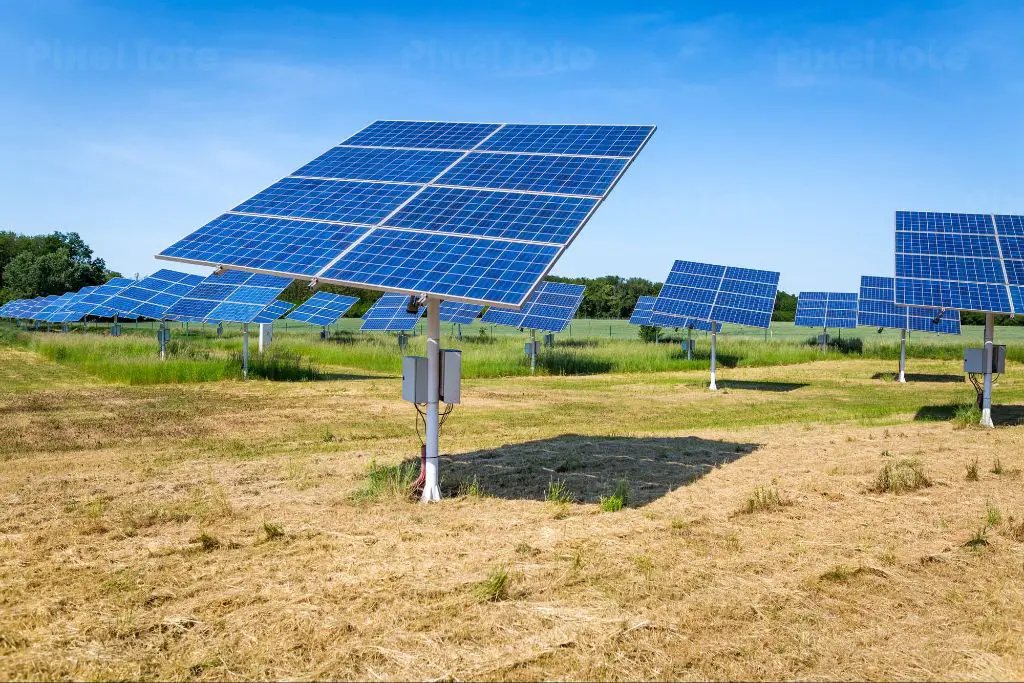
According to one analysis, transporting solar panels from manufacturing facilities in China to Europe results in 11 g of CO2 emissions per kWh of electricity produced over the panel’s lifetime. Transport to the U.S. results in 68 g CO2 per kWh. So location and transportation distance is a factor.
However, these transportation emissions are still far less than the emissions from fossil fuel electricity generation. One estimate found that the average carbon footprint for transporting and installing solar panels is anywhere from 2% to 4% of the panel’s total lifetime emissions.
Overall, when accounting for transportation, solar electricity still has a dramatically smaller carbon footprint compared to coal or natural gas. And manufacturers are working on reducing transport emissions by locating production closer to end markets when possible.
Source: https://www.treehugger.com/how-much-co-does-one-solar-panel-create-4868753
End-of-Life Disposal
Solar panels typically last around 25-30 years before needing replacement (We Recycle Solar, 2022). At end of life, solar panels create electronic waste that needs proper disposal. If not disposed of properly, the materials inside solar panels can leach into the environment. Solar panels contain lead, cadmium, and other toxins that are hazardous if they enter groundwater or ecosystems (We Recycle Solar, 2022).
Recycling solar panels is important to prevent toxic materials from being dumped in landfills. Proper solar panel recycling recovers about 80% of the materials for reuse, reducing e-waste. However, recycling capacity has not kept up with the rapid growth of solar. It’s estimated that there will be about 60-78 million tons of solar panel waste by 2050 globally (Singh et al. 2021). As of 2021, the U.S. had little solar panel recycling infrastructure, with most panels being discarded in landfills (We Recycle Solar, 2022). More recycling facilities and efficient take-back programs are needed to manage the coming influx of solar e-waste.
Solar Energy Land Use
Solar farms can take up significant amounts of land. According to research, utility-scale solar installations require on average 7.3 acres per megawatt of electricity production capacity. This is because solar panels need adequate spacing to avoid shading each other and reduce efficiency. For context, a typical 2-megawatt solar farm would require around 15 acres of land 1.
While solar farms do utilize land, they represent a temporary and reversible land use. The typical lifespan of a solar farm is around 25-30 years, after which the equipment can be decommissioned and removed. The land can then be restored and repurposed for other uses. Some researchers have suggested integrating solar farms with agricultural operations like grazing livestock or beekeeping to allow for dual land use 2.
Wildlife Impact
Solar farms can negatively impact wildlife habitats in several ways. Large-scale solar installations require hundreds or thousands of acres of land to be cleared and covered with solar panels. This can destroy or fragment habitats for native species (https://www.energy.gov/sites/default/files/2021-11/Solar%20Impacts%20on%20Wildlife%20and%20Ecosystems%20Request%20for%20Information%20Summary.pdf). Solar farms also change the microclimate below the panels, altering temperature, moisture, and vegetation patterns (https://www.bv.com/perspectives/impact-solar-energy-wildlife-emerging-environmental-issue/). Some research suggests solar farms attract insects which in turn attract birds and bats, potentially increasing injury or mortality. Lastly, some species like the desert tortoise avoid passing under solar panels, further fragmenting their territory (https://www.vox.com/2021/8/18/22556193/solar-energy-biodiversity-birds-pollinator-land).
Is Solar Worth It?
When weighing the clean energy benefits of solar power against its environmental impacts, most experts agree that solar is still a net positive for the environment. According to a recent analysis by the National Renewable Energy Laboratory (NREL), solar panels can offset their greenhouse gas emissions within just 1 to 3 years of operation. After that, they go on producing clean, renewable energy for decades.
Compared to fossil fuels like coal and natural gas, which emit greenhouse gases and pollutants throughout their lifecycle, solar power reduces air pollution and slows climate change. Even factoring in manufacturing, transportation, and end-of-life disposal impacts, solar energy has between a 75-90% lower carbon footprint than conventional sources, per NREL.
However, the solar industry acknowledges that panel production currently relies on some carbon-intensive processes and raw materials that could be improved. Work is being done to establish more closed-loop recycling systems and reduce waste. Some companies are exploring alternative panel materials like perovskites that may require less energy to produce. Overall, the consensus is that solar delivers huge climate benefits that far outweigh its downsides.
Conclusion
In summary, solar energy does have some emissions and environmental impacts associated with it, but the technology is rapidly improving to reduce these issues. Manufacturing solar panels is becoming more efficient and less hazardous. Recycling methods are being developed to handle disposal. Careful siting of large solar installations can protect wildlife habitats. Considering its enormous potential to provide renewable, low-emission energy, solar power remains an essential component of a clean energy future, although work remains to improve its sustainability.
Going forward, some recommendations would be to continue research into more efficient and cleaner solar panel manufacturing techniques, invest in solar panel recycling infrastructure, and implement robust environmental reviews for large solar projects to minimize habitat loss. With smart policies and technological innovation, solar energy can provide increasing amounts of emissions-free electricity to help mitigate climate change.

